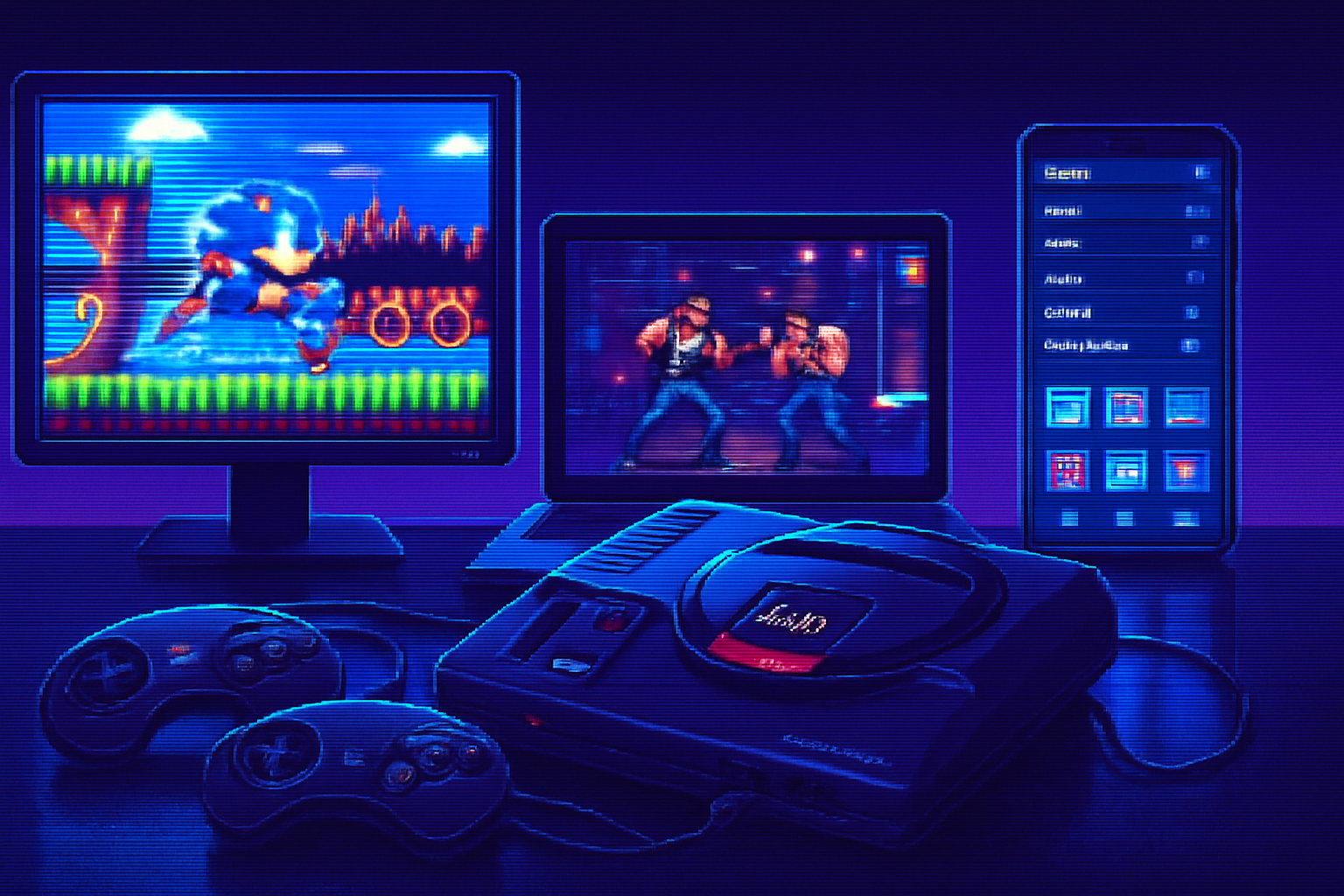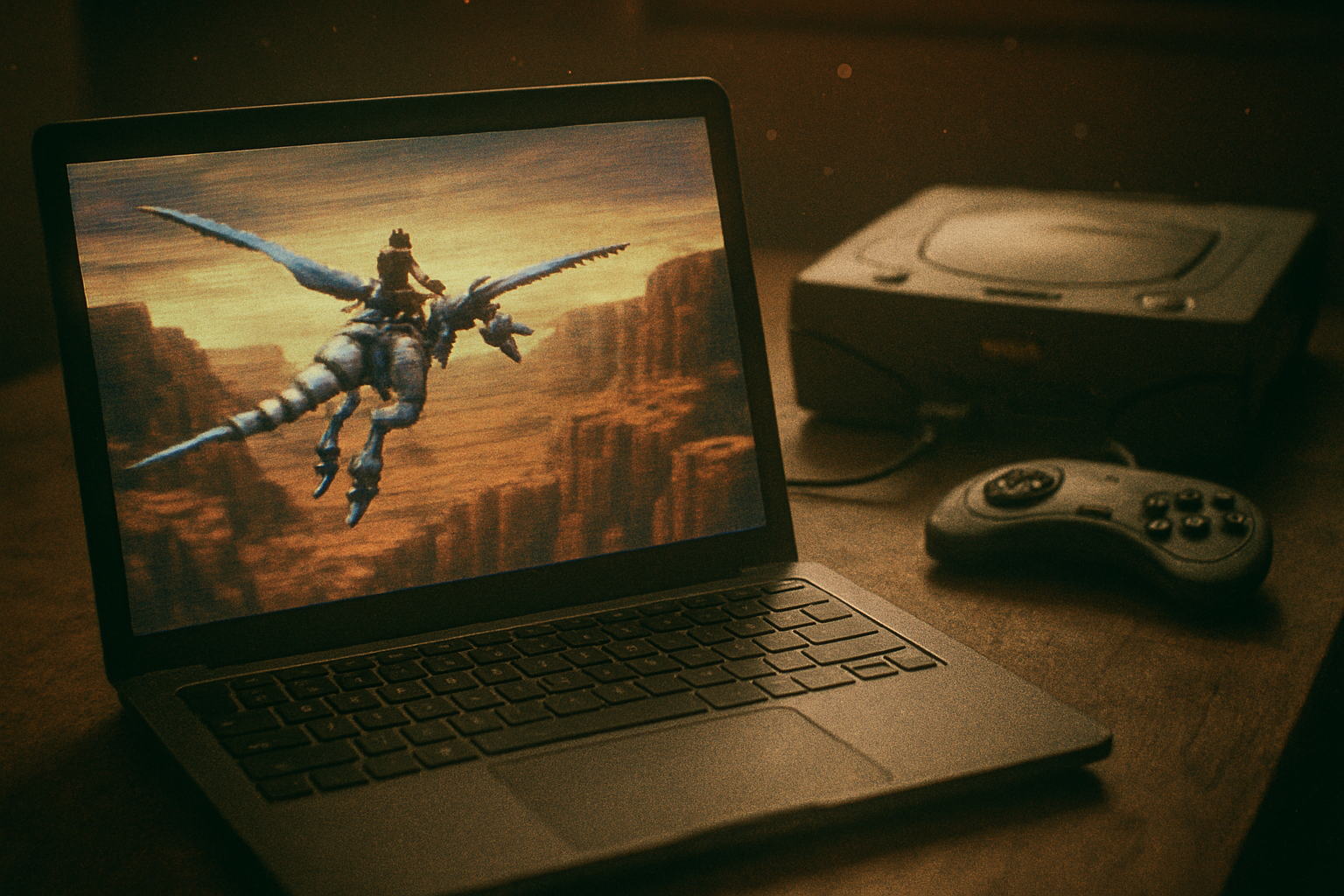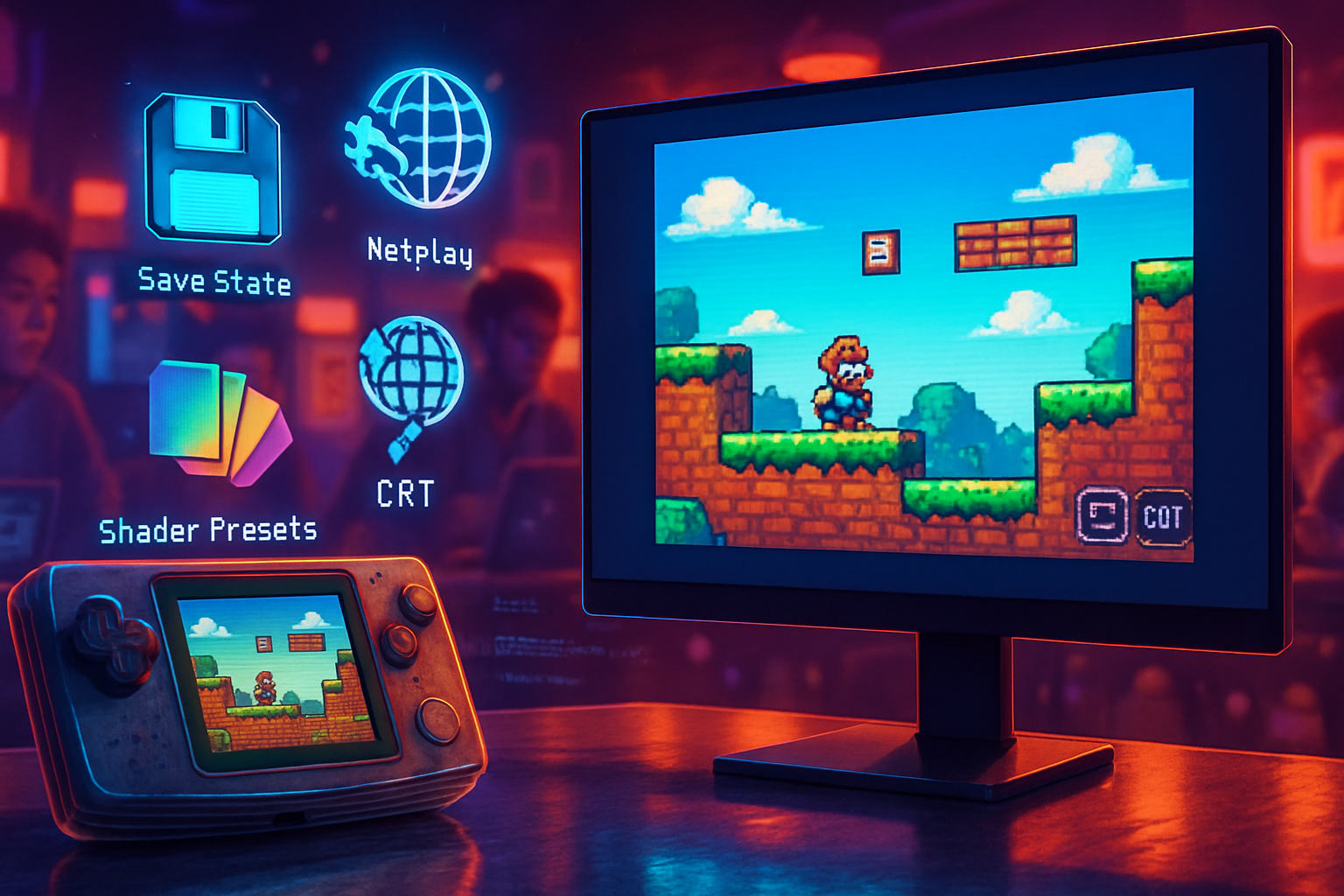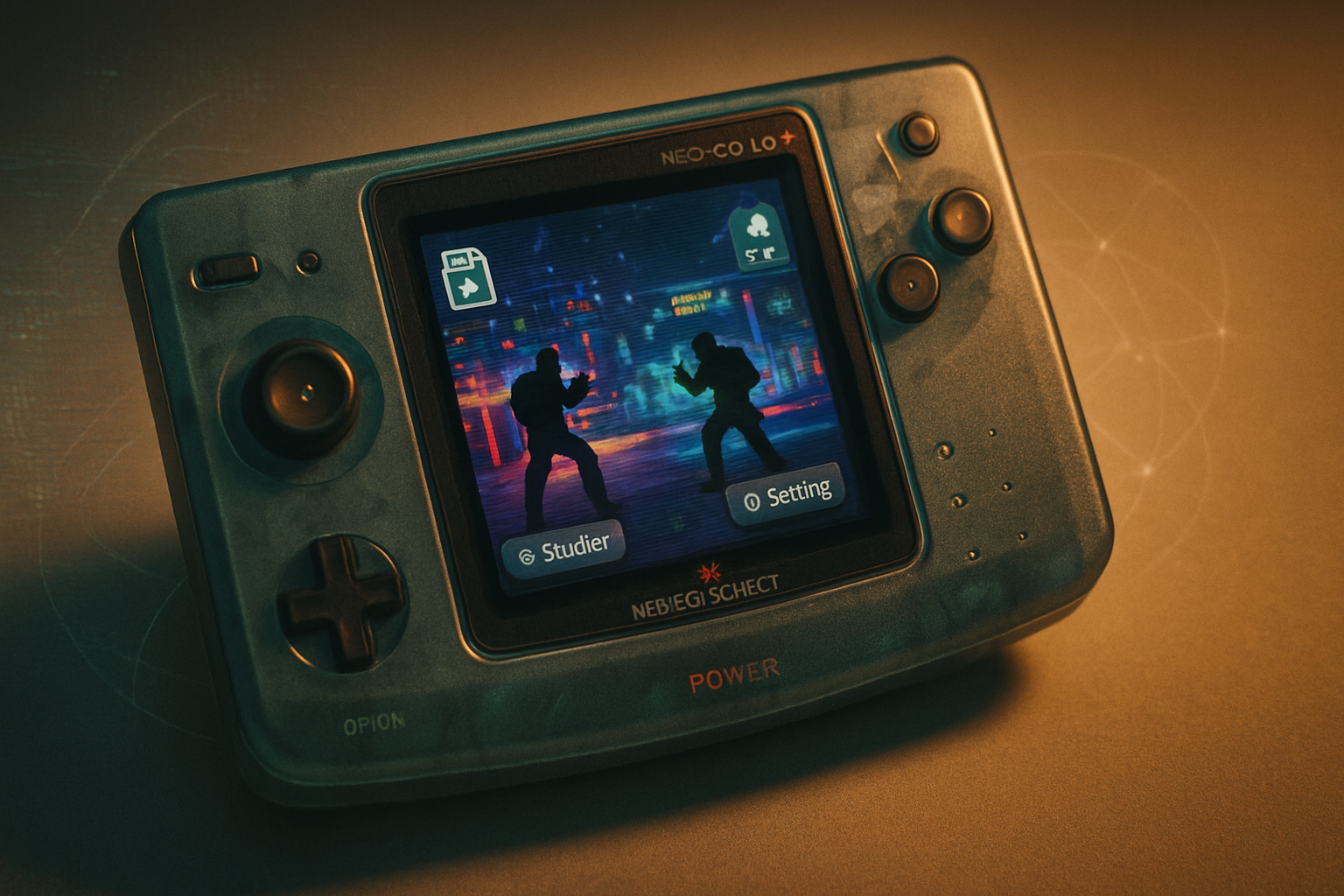· retrogaming · 6 min read
The Best Sega Master System Emulators of 2023: A Comprehensive Review
A practical, opinionated guide to the top Sega Master System emulators you should consider in 2023 - comparing accuracy, performance, compatibility, UI, and setup tips so you can get back to blasting through Alex Kidd without smashing your monitor.

It began with a cartridge that smelled faintly of basement and vinyl. I blew on it, slammed it into a Master System, and-miracle-Alex Kidd sprang to life on a tiny CRT with colors so earnest they felt like a hug from 1986. Fast-forward to 2023: you can replicate that hug on a 4K monitor while your coffee sits cold. The trick is choosing the right emulator.
Why this matters
Nostalgia is like oxygen-you barely notice it until it vanishes. Emulation is the oxygen mask. But not all masks fit. Some are loose and noisy; others are tailored, near-invisible, and make you forget you’re wearing anything at all.
This guide walks through the best Sega Master System emulators available in 2023. I’ll evaluate them on four brutal, practical axes:
- Accuracy (how faithful to the original hardware)
- Compatibility (how many games run without hacks)
- Performance (speed and low-latency input)
- User experience (installation, UI, features like save states and shaders)
Quick recommendations (TL;DR)
- Best for preservation and accuracy - MAME (MESS integrated)
- Best all-around, multi-platform choice - RetroArch with Genesis Plus GX / SMS Plus cores
- Best Windows-native, old-school UI - MEKA
- Best for simple, fast setup on Windows/Mac - Kega Fusion (still popular)
The contenders - deep dives
MEKA - the old-school Swiss Army knife
Pros:
- Clean, focused Master System/Game Gear support
- Built-in mapper/hack compatibility and cheat support
- Lightweight, extremely easy to configure for Windows
Cons:
- Development is sporadic; UI feels retro in both senses of the word
- Not the most accurate for edge-case timing bugs
Why pick MEKA: if you want a no-nonsense, pleasant Windows-native experience with good options for input remapping and cheat codes, MEKA remains a favorite. It’s the emulator many veterans still fire up when they want to play quickly without wrestling with cores and frontends.
Links: MEKA project: https://github.com/zonr/MEKA
Kega Fusion - the comfortable old-timer
Pros:
- Excellent compatibility for Master System and Game Gear titles
- Minimal setup, good sound emulation
- Stable and fast even on modest hardware
Cons:
- Development largely stalled; binaries are old and community forks vary
- Not as accurate as MAME in corner cases
Why pick Fusion: if you prefer a plug-and-play experience on Windows or macOS and want the most straightforward route back into your cartridge library, Fusion is a pragmatic pick.
Reference: Kega Fusion: https://en.wikipedia.org/wiki/Kega_Fusion
MAME (the MESS merge) - preservation-grade emulation
Pros:
- Designed with accuracy and preservation in mind
- Extremely high compatibility for obscure titles and hardware variants
- Emulates hardware quirks and edge cases industry-wide
Cons:
- Heavyweight; not beginner-friendly
- Complex configuration and command-line options
Why pick MAME: when fidelity matters-for preservation, speedrun verification, or technical research-MAME (which absorbed MESS) is the go-to. It’s less about convenience and more about being ruthlessly honest to the original hardware.
Official site: https://www.mamedev.org/ (background on MESS merge: https://en.wikipedia.org/wiki/MESS_(emulator))
RetroArch + cores (Genesis Plus GX, SMS Plus) - the versatile power user choice
Pros:
- Frontend is consistent across platforms (Windows, macOS, Linux, Android, Raspberry Pi, consoles)
- Cores like Genesis Plus GX provide excellent Master System and Game Gear emulation
- Easy to add shaders (CRT), rewind, netplay, and input remapping
Cons:
- Learning curve for new users (installing cores, setting up directories)
- Occasional core-specific quirks; not all cores are equally maintained
Why pick RetroArch: if you want an all-in-one solution that supports dozens of retro systems, allows consistent configuration, and gives you modern features (shaders, rewind, built-in overlays), RetroArch with Genesis Plus GX or SMS Plus will deliver the best mix of compatibility and convenience.
Docs: RetroArch: https://www.retroarch.com/ - Genesis Plus GX: https://github.com/ekeeke/Genesis-Plus-GX - SMS Plus core docs: https://docs.libretro.com/library/smsplus/
How these stack up (practical comparisons)
Accuracy
- MAME - highest. Emulates obscure timing and hardware variants.
- RetroArch (Genesis Plus GX / SMS Plus) - very good; most players will not notice differences.
- MEKA - good for common titles, but not rock-solid for every hardware quirk.
- Kega Fusion - excellent compatibility for mainstream titles, slightly behind MAME on corner cases.
Compatibility
- MAME - unrivaled on obscure or region-specific dumps.
- RetroArch cores - excellent, especially Genesis Plus GX.
- MEKA/Fusion - strong for the mainstream library.
Performance and latency
- Modern PCs - all of these run Master System titles with ease. The difference lies in input latency and rendering pipeline.
- RetroArch lets you tune latency (hard GPU sync, frame delay, low-latency settings) and add shaders. That tuning can yield very low-latency experiences on powerful hardware.
- MAME can be tuned for low input latency but is less immediately intuitive.
User experience
- Easiest out-of-the-box - Kega Fusion, MEKA
- Most features/flexibility - RetroArch
- Most technical and granular control - MAME
Practical setup guide (short)
RetroArch (recommended for most users):
- Download RetroArch from the official site and install: https://www.retroarch.com/
- Open RetroArch -> Online Updater -> Core Updater. Install “Genesis Plus GX” and “SMS Plus” cores.
- Point RetroArch to your ROM folder in Settings -> Directory.
- Configure input under Settings -> Input. Use “bind all” for controllers.
- For visuals, enable a CRT shader like crt-royale or crt-pi in Shaders.
- If you care about latency - enable “Hard GPU Sync” and set a small “Frame Delay” (experiment between 0–2).
MAME (if you want accuracy):
- Download the latest MAME build from the official site: https://www.mamedev.org/
- Place your ROMs in the proper roms folder. MAME expects correct dumps and naming.
- Use MAME’s built-in UI or a frontend like QMC2 for convenience.
- Expect some trial-and-error for perfect input latency and video settings.
MEKA / Kega Fusion:
- Download binaries (MEKA via GitHub, Fusion via community mirrors). Drop ROMs into the folder and run the EXE.
- Both provide quick access to save states, cheat lists, and controls.
Common gotchas and tips
- BIOS - Master System usually does not require an external BIOS, but some frontends/cores may expect specific region dumps for correct region detection.
- ROM naming - MAME is picky. If a ROM doesn’t load in MAME, check the XML database or use a frontend to identify the expected name.
- Shaders - If you want a CRT feel without blur, try non-phosphor shaders like “crt-royale” or “crt-pi”. If you want authentic blur, pick a phosphor shader.
- Save states are convenient-use them-but remember they’re an emulator convenience, not a preservation substitute.
- Legal note - download or use only the ROMs you own. Emulation is a gray area legally; owning a dumped copy of a cartridge you own is the safe route.
Which one should you pick?
- You want historical/technical fidelity - use MAME.
- You want broad convenience across many systems with modern features (shaders, netplay) - use RetroArch with Genesis Plus GX / SMS Plus.
- You want fast Windows-native simplicity for everyday play - use MEKA or Kega Fusion.
Final verdict (short and sharp)
If emulation is journalism and accuracy is truth, MAME is the investigative reporter who won’t let the industry sleep. If emulation is a bartender, RetroArch is the well-stocked one who remembers your drink and knows everyone. MEKA and Kega Fusion are the neighborhood pubs: familiar, comfortable, sometimes sticky, and reliably fulfilling.
For 2023, most players will get the best mix of convenience and fidelity from RetroArch (Genesis Plus GX / SMS Plus). If you’re chasing esoteric hardware behavior or competitive verification, load up MAME and don your lab coat.
References and further reading
- Sega Master System - general hardware background: https://en.wikipedia.org/wiki/Master_System
- MAME / MESS (history and preservation): https://www.mamedev.org/ and https://en.wikipedia.org/wiki/MESS_(emulator)
- RetroArch and Libretro cores: https://www.retroarch.com/ and Genesis Plus GX: https://github.com/ekeeke/Genesis-Plus-GX
- MEKA project: https://github.com/zonr/MEKA
- SMS Plus core documentation: https://docs.libretro.com/library/smsplus/



